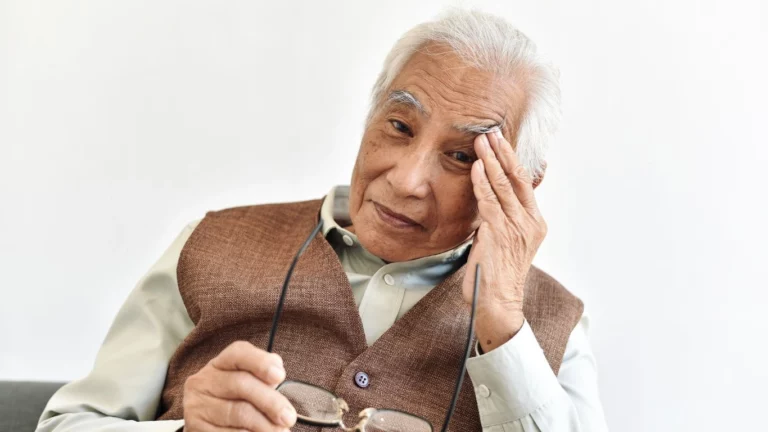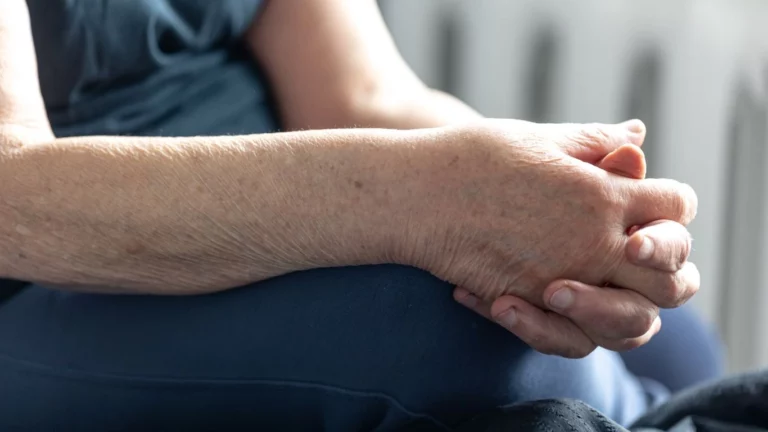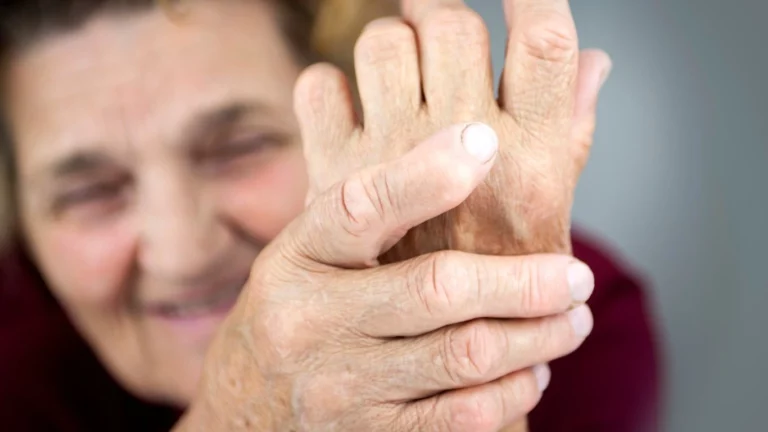7 Powerful Ways to Use Mindfulness for Hypertension Relief
Managing high blood pressure isn’t just about medication and diet—it’s also about what’s happening in your mind. The role of mindfulness in hypertension management is often overlooked, but trust me, it can make a world of difference. As someone who has spent years helping people control their blood pressure, I’ve seen firsthand how stress, anxiety, and even a racing mind can push numbers higher. The good news? Mindfulness is a game-changer. It’s not about sitting cross-legged for hours (unless that’s your thing). It’s about small, intentional habits that help you regain control over your body’s response to stress.
How Stress and Hypertension Are Connected

Ever notice how your heart pounds after a frustrating meeting or a traffic jam? That’s your body reacting to stress. When we’re stressed, our bodies release hormones like cortisol and adrenaline, which cause the heart to beat faster and blood vessels to constrict. Over time, chronic stress can lead to sustained high blood pressure, increasing the risk of heart disease, stroke, and kidney issues.
The Vicious Cycle of Stress and High Blood Pressure
It’s not just a one-time thing—stress creates a cycle. When you’re constantly under pressure, your nervous system stays in fight-or-flight mode. This means:
- Your blood vessels stay constricted longer than they should.
- Your heart works overtime, increasing strain on arteries.
- You might develop unhealthy coping mechanisms like stress eating or excessive caffeine intake.
And here’s the kicker: High blood pressure itself can be stressful! When people see those numbers creeping up, they worry, which only fuels the problem.
Mindfulness: A Natural Way to Lower Blood Pressure
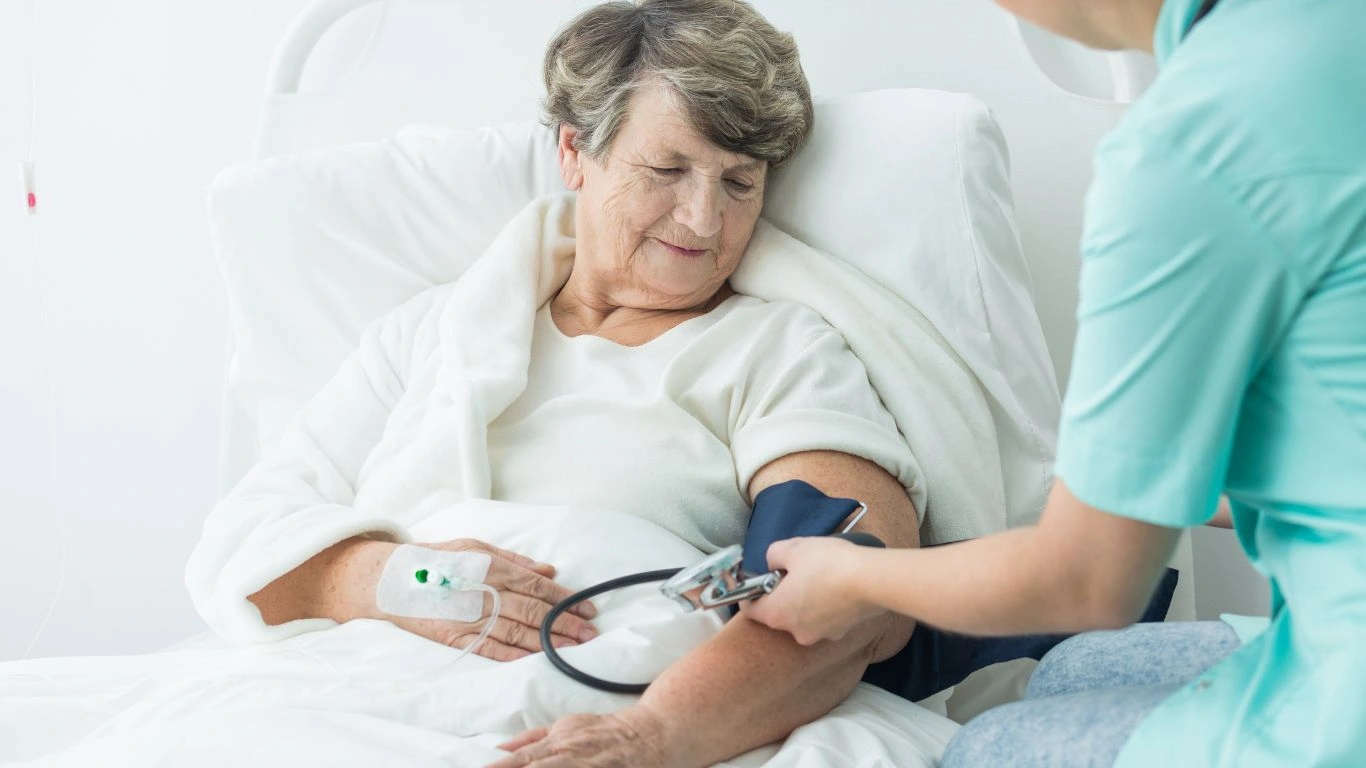
So, what exactly is mindfulness? In simple terms, it’s the practice of being present and fully engaged in the moment—without judgment. Research has shown that mindfulness techniques can lower blood pressure by reducing stress and improving overall heart health. And no, you don’t need to be a meditation guru to make this work.
Mindfulness Techniques for Hypertension Management
Here are a few effective mindfulness techniques I’ve seen work wonders for my patients:
- Deep Breathing: Taking slow, controlled breaths signals your nervous system to relax. Try the 4-7-8 technique—inhale for 4 seconds, hold for 7, exhale for 8.
- Body Scanning: Lie down, close your eyes, and mentally scan your body from head to toe. Notice any tension and consciously release it.
- Mindful Walking: Walking isn’t just exercise; it can be meditative. Focus on each step, the rhythm of your breathing, and the feeling of your feet touching the ground.
- Gratitude Practice: Stress often comes from focusing on what’s wrong. Shifting to gratitude—writing down three things you’re grateful for each day—can create a positive mindset that lowers stress levels.
Does Mindfulness Really Work? Let’s Talk Science
You might be thinking, “This sounds nice, but does it actually lower blood pressure?” The answer is yes! Several studies have backed this up:
- A study in the Journal of Hypertension found that mindfulness-based stress reduction (MBSR) significantly reduced systolic and diastolic blood pressure in participants over eight weeks.
- Another study in Circulation reported that meditation practitioners had a 48% lower risk of heart disease compared to non-practitioners.
- Even the American Heart Association recognizes mindfulness as a complementary approach to traditional hypertension treatments.
From personal experience, I’ve had patients who struggled with medication side effects or lifestyle changes, but incorporating mindfulness made a noticeable difference. One patient, a 52-year-old teacher, reduced her blood pressure by 10 points after just two months of practicing guided meditation daily.
How to Start a Mindfulness Routine for Blood Pressure Control
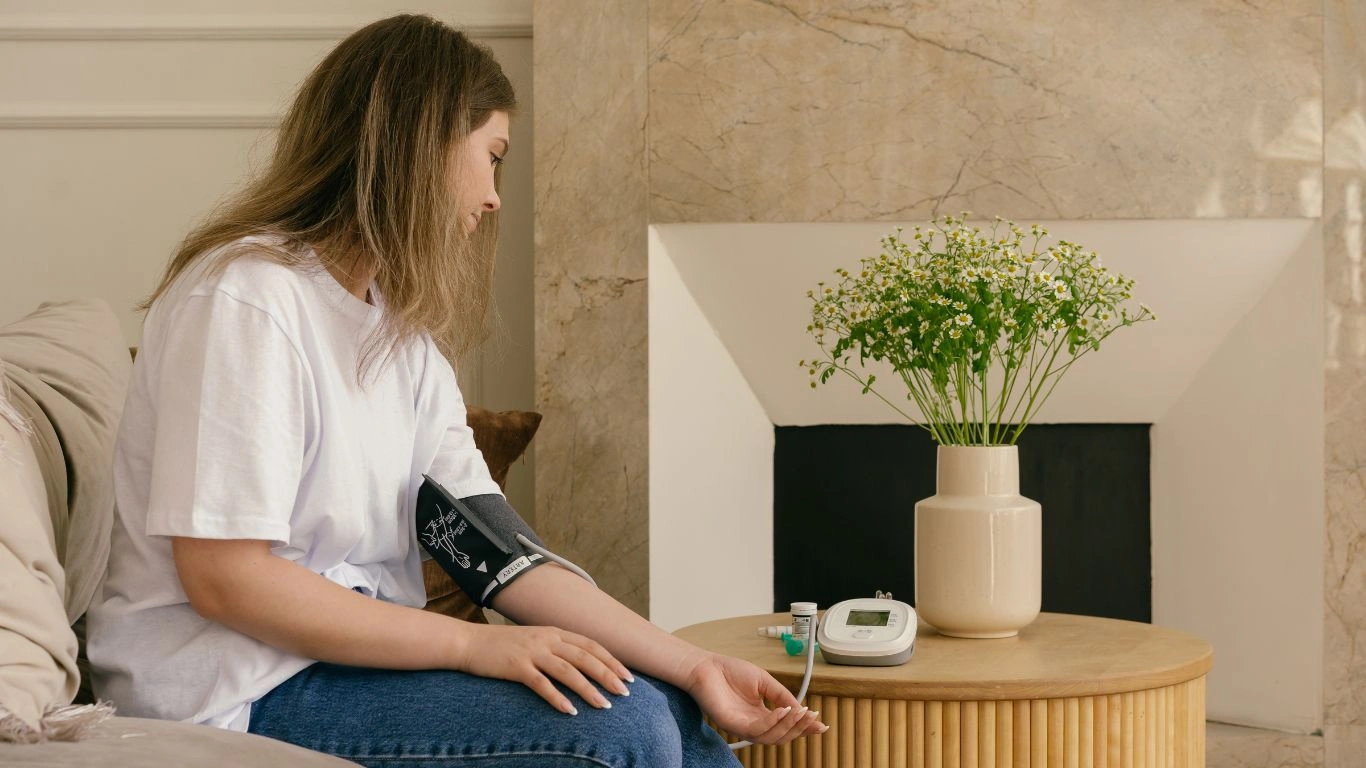
Alright, so we’ve established that mindfulness can help manage hypertension. But here’s the big question: How do you actually make it part of your daily routine? The trick is to keep it simple and start with small, manageable steps. I’ve had patients tell me, “I don’t have time for meditation,” or “I can’t sit still for that long.” Trust me, I get it. But mindfulness isn’t about adding another chore to your to-do list—it’s about weaving it into what you’re already doing.
Begin with Just Five Minutes a Day
You don’t need an hour-long meditation session to see benefits. Even five minutes of mindfulness can make a difference. Try setting a timer and focusing on your breath. Breathe in deeply, hold for a few seconds, and exhale slowly. If your mind wanders (and it will), gently bring it back to your breath. Over time, this simple practice trains your body to relax more easily.
Use Mindfulness During Everyday Activities
One of my favorite ways to introduce mindfulness is during routine tasks:
- Eating: Instead of rushing through meals, slow down and really taste your food. This not only helps digestion but also prevents stress eating.
- Showering: Pay attention to the water’s temperature, the feeling on your skin, the scent of your soap. Simple, right?
- Commuting: Whether you’re driving or on public transport, take deep breaths and focus on the present moment rather than stressing over traffic or emails.
- Listening: When talking to someone, focus entirely on them—no multitasking, no checking your phone. This can lower stress levels and improve relationships.
Mindfulness and Sleep: The Secret to Lower Nighttime Blood Pressure

Here’s something a lot of people don’t realize: Poor sleep and high blood pressure go hand in hand. If you’re constantly waking up feeling groggy or struggling to fall asleep, your blood pressure may be paying the price. A racing mind, full of to-do lists and worries, can make it impossible to relax at night. That’s where mindfulness comes in.
Try a Guided Sleep Meditation
Listening to a guided meditation before bed can work wonders. There are plenty of free apps and YouTube videos with soothing voices that help your brain wind down. I often recommend this to my patients who struggle with sleep due to hypertension, and the feedback has been overwhelmingly positive.
The Power of Progressive Muscle Relaxation
Another great technique is progressive muscle relaxation. It’s simple: Lie down, close your eyes, and tense each muscle group for a few seconds before releasing. Start with your toes and work your way up to your head. This method signals your body that it’s time to relax, reducing stress hormones that can contribute to high blood pressure.
Mindful Eating: What You Eat Matters Too
Mindfulness isn’t just about calming the mind—it also plays a role in how we eat. Many of us eat on autopilot, barely tasting our food while watching TV or scrolling on our phones. This can lead to overeating and poor food choices, both of which can raise blood pressure.
Tips for Mindful Eating
- Chew Slowly: The more you chew, the easier digestion becomes. Plus, it gives your brain time to recognize when you’re full.
- Avoid Eating When Stressed: Stress eating often leads to reaching for salty, sugary, or processed foods that spike blood pressure.
- Choose Foods That Naturally Lower Blood Pressure: Leafy greens, berries, bananas, and fatty fish like salmon are all excellent choices.
Final Thoughts: Small Changes, Big Results
Here’s what I tell my patients: You don’t have to be perfect with mindfulness—just consistent. Even a few mindful moments each day can make a noticeable difference in how you feel and how your body responds to stress. And when you manage stress better, your blood pressure follows.
Incorporating mindfulness into daily life doesn’t mean making huge changes. It’s about small shifts that add up over time. Whether it’s taking deep breaths before a stressful meeting, practicing gratitude before bed, or simply being present while eating, these habits can help you take control of your health—one moment at a time.
Case Studies & Real-Life Examples

At this point, you might be thinking, “Okay, mindfulness sounds great in theory, but does it actually work?” Let me share a couple of real-life cases from my own experience working with patients.
Case Study 1: Sarah’s Journey to Lower Blood Pressure
Sarah, a 52-year-old teacher, was diagnosed with hypertension a few years ago. Despite taking medication, her numbers were still on the higher side, especially during stressful school days. I introduced her to mindfulness techniques, including deep breathing exercises and mindful walking.
She started with just 10 minutes of mindful breathing in the mornings before heading to work. Within three months, her blood pressure readings improved significantly. More importantly, she felt calmer, more in control, and less overwhelmed by daily stressors.
Case Study 2: Mark’s Nighttime Hypertension
Mark, a 60-year-old businessman, struggled with high blood pressure at night. Stress from work kept his mind racing, making it difficult to sleep. I suggested progressive muscle relaxation before bed and guided mindfulness meditation.
After incorporating these practices, Mark reported sleeping better and waking up feeling more refreshed. His nighttime blood pressure readings dropped, showing that mindfulness was doing its job even when he was asleep.
Key Takeaways: What You Need to Remember
If there’s one thing I hope you take away from this, it’s that mindfulness isn’t just a trend—it’s a powerful tool for managing hypertension. And the best part? It’s completely free and accessible to everyone.
- Mindfulness reduces stress-related blood pressure spikes. Just a few minutes of deep breathing can help lower your numbers.
- Incorporate mindfulness into daily activities. No need for long meditation sessions—start with mindful eating, walking, or even brushing your teeth.
- Mindful sleep habits improve nighttime blood pressure. Try guided meditation or progressive muscle relaxation before bed.
- Consistency matters more than perfection. A little mindfulness every day is better than a lot once in a while.
FAQs
Still have some lingering questions? Let’s clear them up!
1. How long does it take for mindfulness to lower blood pressure?
Everyone is different, but many people see results within a few weeks to a couple of months. The key is consistency—just like with diet and exercise.
2. Do I need to meditate for an hour every day?
Absolutely not! Even 5-10 minutes a day can be effective. The goal is to integrate mindfulness into your daily routine in ways that feel natural.
3. Can mindfulness replace my blood pressure medication?
No, mindfulness is a complementary practice, not a replacement. Always follow your doctor’s advice regarding medication, but know that mindfulness can enhance the effects of a healthy lifestyle and prescribed treatment.
4. What if I can’t sit still long enough for meditation?
No worries! Try movement-based mindfulness, such as yoga, tai chi, or even mindful walking. The goal is awareness, not stillness.
Bonus: Additional Resources or DIY Tips
Want to dive deeper? Here are some resources that can help you make mindfulness a daily habit.
- Apps: Try Headspace or Calm for guided mindfulness exercises.
- Books: “The Miracle of Mindfulness” by Thich Nhat Hanh is a fantastic beginner’s guide.
- Free Guided Meditations: YouTube has great options—search for “mindfulness for hypertension.”
Appendix: References, Disclaimer, and Call to Action
For those interested in the scientific side of things, here are some reputable sources:
- American Heart Association – Information on hypertension and lifestyle modifications.
- National Institutes of Health (NIH) – Studies on mindfulness and cardiovascular health.
Disclaimer: This article is for informational purposes only and should not replace professional medical advice. Always consult with a healthcare provider before making lifestyle changes.
Final Thoughts: If you’ve made it this far, you’re already taking the first step toward a healthier, more mindful life. Give mindfulness a try—you might be surprised at how much better you feel. And if you’ve already started, I’d love to hear your experience. Drop a comment below!

Dr. Gwenna Aazee is a board-certified Internal Medicine Physician with a special focus on hypertension management, chronic disease prevention, and patient education. With years of experience in both clinical practice and medical writing, she’s passionate about turning evidence-based medicine into accessible, actionable advice. Through her work at Healthusias.com, Dr. Aazee empowers readers to take charge of their health with confidence and clarity. Off the clock, she enjoys deep dives into nutrition research, long walks with her rescue pup, and simplifying medical jargon one article at a time.

